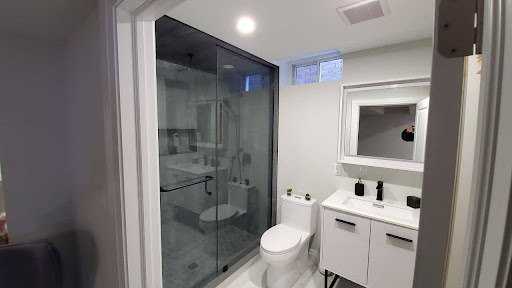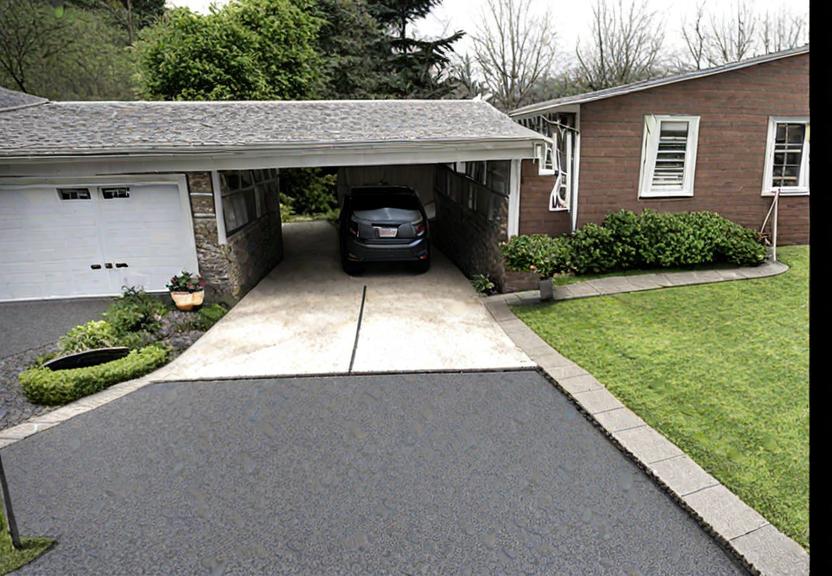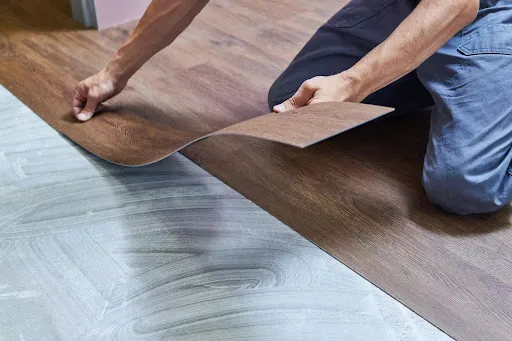You’ve been experiencing constant fatigue, morning headaches and irritability lately. Your partner also mentioned hearing you snore loudly and gasp for breath during the night. These symptoms are reminiscent of sleep apneoa, a condition that affects many Australians, but the thought of going to a sleep clinic for testing may seem daunting.
Thankfully, there’s a solution that offers both convenience and accuracy—at-home sleep apneoa testing. In this guide, we’ll explore the benefits and insights of conducting a sleep apneoa test at home, giving you the knowledge you need to take charge of your sleep health.
Table of Contents
Understanding At-Home Sleep Apneoa Tests
What is at-home sleep apneoa testing?
At-home sleep apneoa testing involves using specialised equipment in the comfort of your own bed to monitor your sleep patterns. This DIY approach allows you to gather crucial data about your breathing and sleep quality without having to spend a night in a sleep clinic.
How at-home sleep apneoa tests work
The process is straightforward: you’ll receive a sleep apneoa testing kit that typically includes a portable device to monitor your breathing, heart rate and oxygen levels. You’ll wear the device as you sleep, and the data collected will be analysed to determine whether you have sleep apneoa.
The Benefits of At-Home Testing
Convenience and comfort
At-home sleep apneoa testing eliminates the need to travel to a sleep clinic and sleep in an unfamiliar environment. Instead, you can conduct the test in the comfort of your own bed, which may lead to more accurate results as you’re in a familiar setting.
Cost-effectiveness
At-home sleep apneoa tests are generally more affordable than in-lab testing, making them a budget-friendly option for those seeking to assess their sleep health.
Privacy and flexibility
By testing at home, you can maintain your privacy, which can be especially beneficial if you’re uncomfortable with the idea of a sleep study conducted by medical professionals.
Considerations for At-Home Testing
Appropriate candidates
While at-home testing is a convenient option, it may not be suitable for everyone. Your healthcare provider will determine if you are an appropriate candidate for at-home sleep apneoa testing based on your medical history and symptoms.
Accuracy and reliability
At-home sleep apneoa testing can provide valuable information about your sleep patterns, but it’s essential to follow the instructions carefully to ensure accurate results.
Follow-up and treatment
If your at-home sleep apneoa test indicates a potential sleep apneoa diagnosis, it’s crucial to follow up with your healthcare provider. They will interpret the results and recommend appropriate treatment options, which may include the use of a CPAP machine for sleep apneoa management.
Conclusion
At-home sleep apneoa testing offers a convenient and accessible way to assess your sleep health and potentially identify sleep apneoa. With the ability to monitor your sleep patterns from the comfort of your own bed, you can gain valuable insights into your breathing and sleep quality.
However, it’s essential to discuss your symptoms and concerns with a healthcare provider to determine if at-home testing is the right option for you. Take charge of your sleep health and explore the possibility of at-home sleep apneoa testing as a step toward improving your overall well-being.
Rest easy, knowing that you have the power to take control of your sleep apneoa journey and prioritise your sleep health. Don’t let the convenience of at-home testing delay addressing potential sleep apneoa concerns. Seek professional advice and embark on a path to better sleep and a more refreshed you.





